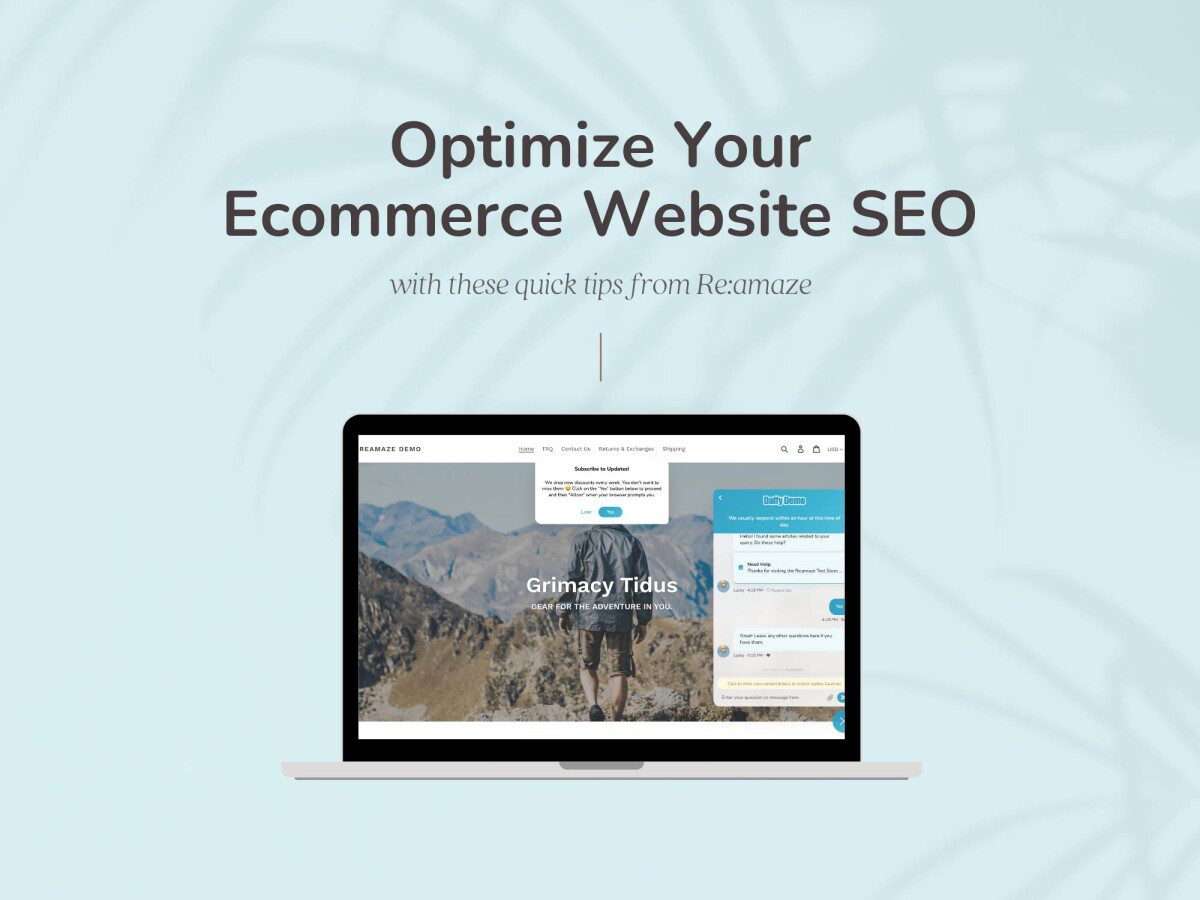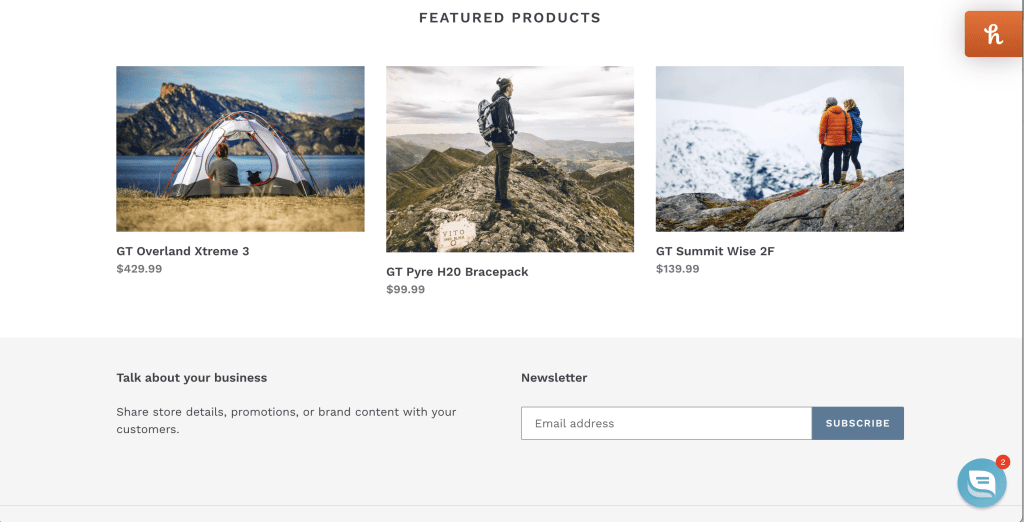Last Updated on June 9, 2023 by Tony Fowler
There’s a lot to consider when building and managing a website, what hosting service to use, which page builder to implement, whether you want to incorporate live chat or chatbots on your site, and of course, how to best optimize your site for SEO. On-page SEO (search engine optimization) is a necessary part of building and maintaining your website. This is a main contributing factor to how customers will find you, boost conversions and sales, and can help give you an edge over your competition.
While SEO is similar to any type of website, there are some things to consider when optimizing your ecommerce website for SEO. Here are some things to keep in mind.
1. Find & Use the Right Keywords
Using the right keywords will always be a vital part of a successful SEO marketing strategy. But first, you need to find the right keywords for your brand. To do this you need to identify the right keywords that are relevant to your product or service, have a high search volume, but aren’t too competitive. You can use free tools like Google Search Console, or paid ones like SEMrush and Ahrefs.
2. Do Your Research
Conducting a thorough competitor analysis is another important step in creating a strong ecommerce SEO strategy. When you have a good idea of how your competitors are ranking, you’ll be able to make more informed decisions for your own brand. Some things to look at when performing your research are:
- Their overall website design and experience
- What type of content do they publish (blogs, etc)
- How many backlinks do they have
- Their social media presence
3. Optimize Product Pages & Descriptions
Your product pages are the most important pages on your website other than your homepage because this is where people will take action (make a purchase). You want these pages to be optimized for search and written in a way to encourage shoppers to complete a purchase.
Your product descriptions are an important part of ecommerce SEO. These descriptions appear in search results, so you want to ensure they’re keyword-rich and will persuade customers to buy. Remember to use natural language, use the right keywords, write for your specific audience, and to keep descriptions concise.
4. Optimize Your Images
Images are another important part of any ecommerce website. In addition to using high-quality, attractive images to make your site visually appealing, you also need to optimize your images for SEO. This involves:
- Using descriptive file names
- Entering ALT tags for every image
- Using captions
- Uploading the correct file format
5. Focus on On-Page SEO
On-page SEO is another factor to consider. This refers to both the page content, which we discussed above, as well as the HTML source code of the page. When it comes to ensuring the source code is optimized correctly, you’ll need to ensure that you are including on every page:
- Optimized meta titles and descriptions
- Keyword rich URLs
- Optimized product descriptions
- Optimized images
6. Feature Reviews
Reviews are a great way to build trust with customers while also adding high-quality content to your site. Customers are more likely to purchase from a brand that has positive reviews so it’s ideal to post them on your website. Consider adding them to product pages especially if they pertain to that specific product. You can also add some to your homepage or blog.
7. Build High-Quality Backlinks
Backlinks are another great strategy to implement. Not only do they help improve your page rankings, but they also drive traffic to your website. Backlinks are links from other sites to yours. Typically, you want to have them come from sites that rank better than yours (known as high-quality links), the more links you have the better your rankings will be. Backlinks are important because they tell search engines that your site is not only popular but also trustworthy.
8. Avoid Duplicate Pages and Content
Another good SEO practice to keep in mind is to avoid creating duplicate content and pages. It’s easy to repeat information on products or create multiple pages for product variations but this can hurt your SEO in the long run. Instead, focus on creating unique product descriptions for each product. For product variations, create a main page for the product and include the variations on that same page.



